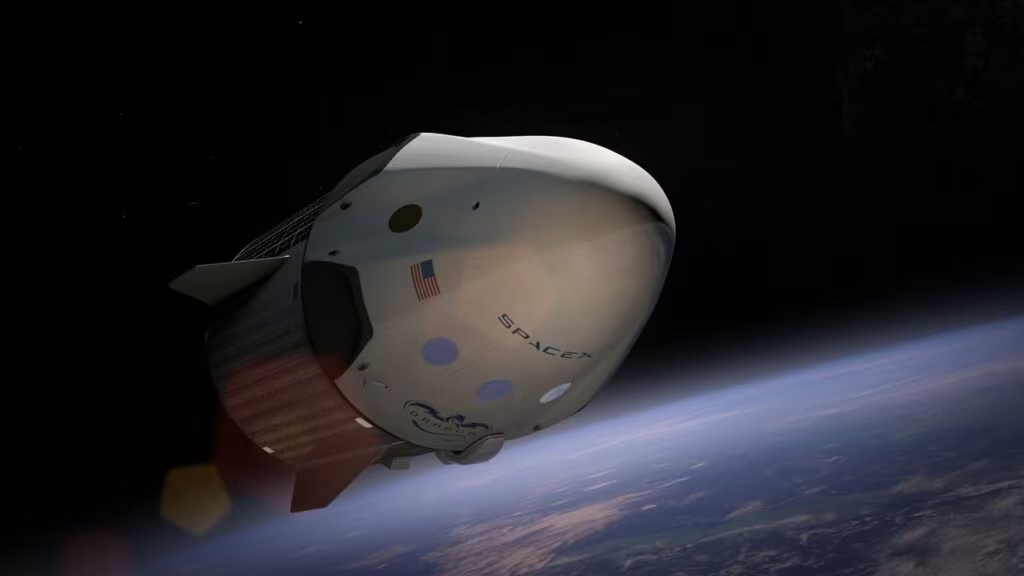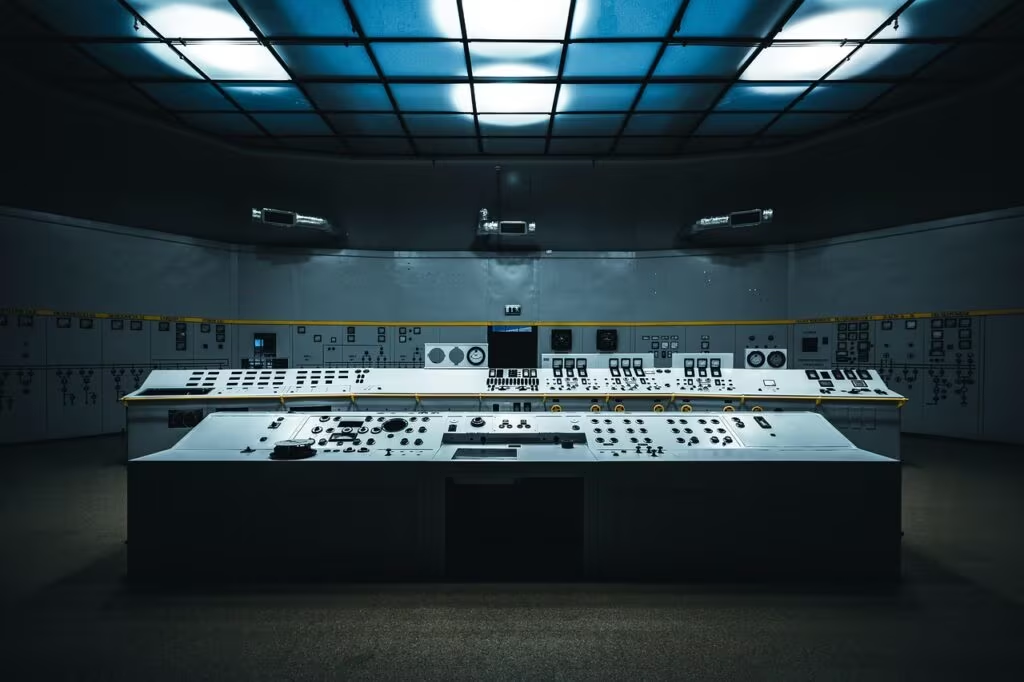JAXA Declares End of Service for the Resilient Akatsuki Orbiter
On Tuesday, October 28, 2025, the Japanese Aerospace Exploration Agency (JAXA) officially declared the end of the operational life for its Akatsuki spacecraft. The declaration marks a significant moment in planetary science: for the first time in over three decades, there are no active spacecraft orbiting the planet Venus.
Akatsuki, whose name means “Dawn,” had been the sole sentinel monitoring Earth’s closest planetary neighbor since 2015. While the mission had long surpassed its planned lifespan, its eventual demise leaves a critical gap in our continuous observation of Venus’s complex, super-rotating atmosphere, a phenomenon the spacecraft itself helped define.
The mission’s end was anticipated after the spacecraft entered a period of solar conjunction—where Venus and Akatsuki passed behind the Sun—making communication impossible. When JAXA attempted to re-establish contact, the spacecraft failed to respond, leading to the formal conclusion of the mission.
A Decade of Triumph Over Adversity
The Akatsuki mission is celebrated not just for its scientific output, but for its remarkable resilience in the face of near-catastrophic failure. Launched in May 2010, the spacecraft was intended to enter Venusian orbit in December of that year. However, a crucial malfunction during the orbital insertion burn transformed the mission from a standard deployment into an extraordinary engineering challenge.
The 2010 Failure and the Five-Year Detour
During the initial attempt to slow down and enter orbit in December 2010, the main engine failed due to a valve malfunction, causing the spacecraft to overshoot Venus and enter a long, elliptical orbit around the Sun. This setback forced JAXA engineers to devise an unprecedented recovery plan, utilizing the spacecraft’s much smaller attitude control thrusters—designed only for minor course corrections—to perform the massive maneuver required for orbital insertion.

After five years of careful planning and maneuvering, the JAXA team executed a successful second orbital insertion burn in December 2015. While the resulting orbit was highly elliptical and took 10 days to complete, compared to the original planned 30-hour orbit, the spacecraft was successfully operational and began its primary scientific mission.
“The recovery of Akatsuki after the 2010 failure is one of the greatest feats of space engineering in recent history. It demonstrated JAXA’s ingenuity and commitment to maximizing scientific return, even under extreme constraints.”
Akatsuki’s Enduring Scientific Legacy
Despite its non-ideal orbit, Akatsuki delivered a wealth of crucial data, fundamentally changing our understanding of Venus’s climate and atmospheric behavior. The planet, often called Earth’s “evil twin,” is shrouded in a dense, toxic atmosphere that rotates far faster than the solid planet beneath it—a phenomenon known as super-rotation.
Akatsuki’s key instruments, including infrared and ultraviolet cameras, allowed scientists to peer through different layers of the atmosphere, providing the first detailed, long-term observations of this rapid atmospheric movement.
Key Discoveries of the Akatsuki Mission:
- Super-Rotation Dynamics: Akatsuki confirmed that the atmosphere rotates about 60 times faster than the planet itself. Its continuous monitoring helped map the complex wind patterns that drive this rotation.
- Giant Gravity Waves: The spacecraft captured evidence of massive, stationary gravity waves high in the Venusian atmosphere, stretching thousands of kilometers across the planet. These waves are thought to be generated by atmospheric flow interacting with mountain ranges on the surface, providing a crucial link between the surface and the upper atmosphere.
- Lightning Detection: Akatsuki contributed to the ongoing debate about lightning on Venus, providing data that helped characterize electrical activity within the thick clouds.
- Cloud Morphology: The orbiter captured stunning images of cloud features, including a massive, bow-shaped structure that remained stationary for days, defying previous atmospheric models.

The Venusian Gap: Waiting for the Next Generation
The loss of Akatsuki means that for the first time since the 1990s, when NASA’s Magellan mission concluded, humanity has no dedicated spacecraft actively gathering data at Venus. This gap is particularly challenging because Venus is a crucial laboratory for understanding planetary climate evolution, especially the runaway greenhouse effect.
While the current absence of an orbiter is temporary, the next missions are still several years away. The scientific community is eagerly awaiting the launch of three major missions planned for the early 2030s, signaling a renewed, international focus on the planet.
Future Missions Targeting Venus:
| Mission Name | Agency | Planned Launch/Arrival | Primary Focus |
|---|---|---|---|
| DAVINCI | NASA | Early 2030s | Atmospheric probe descent and surface imaging |
| VERITAS | NASA | Early 2030s | High-resolution radar mapping of the surface and geology |
| EnVision | ESA | Early 2030s | Detailed study of the surface, subsurface, and atmosphere interaction |
These missions aim to answer fundamental questions about Venus: Did it ever have oceans? Why did it evolve so differently from Earth? And what is the precise composition of its surface and interior?

Key Takeaways
The declaration of the end of the Akatsuki mission closes a remarkable chapter in space exploration, characterized by engineering ingenuity and significant scientific breakthroughs. Here are the essential points:
- Last Sentinel Lost: Akatsuki was the last active spacecraft orbiting Venus, leaving the planet without continuous observation for the first time in decades.
- Mission Recovery: The spacecraft achieved orbit in 2015, five years after a main engine failure in 2010, thanks to the creative use of small thrusters by JAXA engineers.
- Scientific Contribution: Akatsuki provided the most detailed data on Venus’s super-rotating atmosphere, confirming the existence of massive gravity waves and mapping complex cloud dynamics.
- Future Exploration: The gap in coverage is expected to last until the early 2030s, when new missions from NASA (DAVINCI, VERITAS) and ESA (EnVision) are scheduled to launch, initiating a new era of Venus study.
Conclusion: A Legacy of Resilience
The Akatsuki mission stands as a testament to the perseverance of space agencies. Its decade-long operation, despite a major initial failure, yielded invaluable insights into the extreme climate of Venus. While the planet is now temporarily unobserved from orbit, the data gathered by Akatsuki will continue to inform the design and objectives of the upcoming international fleet of Venus explorers. The mission’s legacy ensures that the scientific momentum gained in understanding our nearest neighbor will be carried forward into the next decade of discovery.
Original author: Elizabeth Howell
Originally published: October 29, 2025
Editorial note: Our team reviewed and enhanced this coverage with AI-assisted tools and human editing to add helpful context while preserving verified facts and quotations from the original source.
We encourage you to consult the publisher above for the complete report and to reach out if you spot inaccuracies or compliance concerns.

